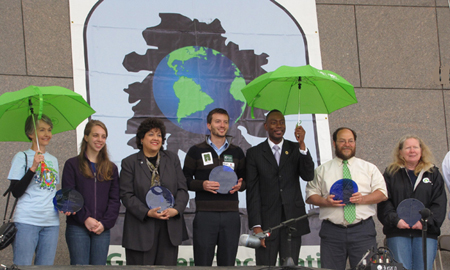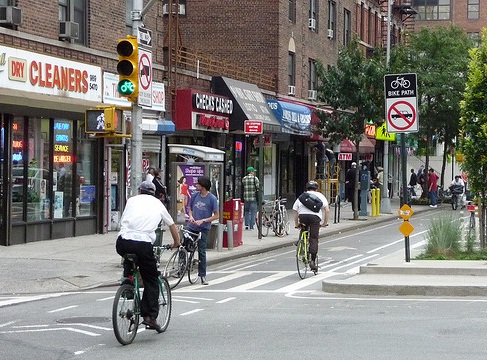The sky-high cost of China’s sprawling cities.
The growth of China’s urbanized population is truly staggering. But what might be more unique than that is that Chinese cities have been able to learn from the successes and mistakes made in already developed cities in Europe and North America. The problem, however, is that is appears that almost all of the Chinese cities have ignored those lessons. More from the Financial Times:
Pictures of towering skylines in cities that few outsiders have heard of – from Anshan to Zhengzhou – seem to suggest that China’s urban future will not just be big. It will also be a model of sleek modern efficiency. The reality is, more often than not, disappointing. Many Chinese cities are drab facsimiles of each other, beset by clogged roads, dirty air, hastily built apartment blocks, monolithic government buildings and few green spaces.
The real concern is that when the sprawling cities fill up, they will offer a substandard quality of life that will make for a divided society and an economy that fails to deliver on its promise. China still has time to shift its policies to create happier, more productive cities. But the window is beginning to close.


